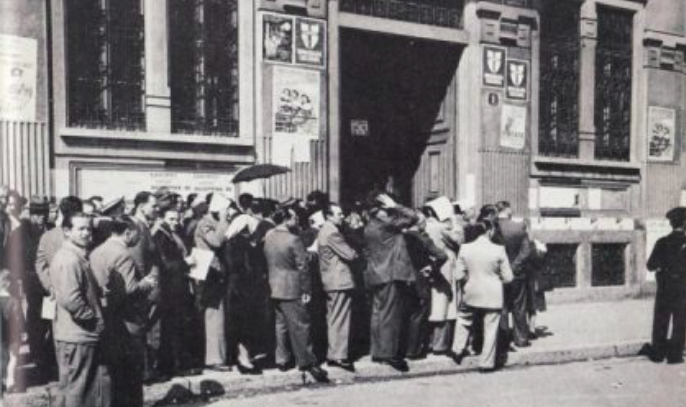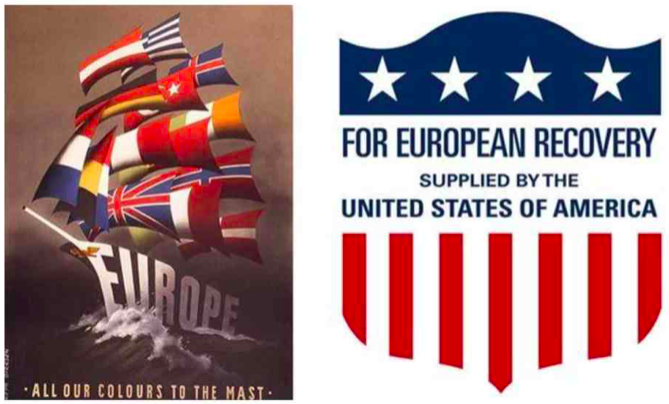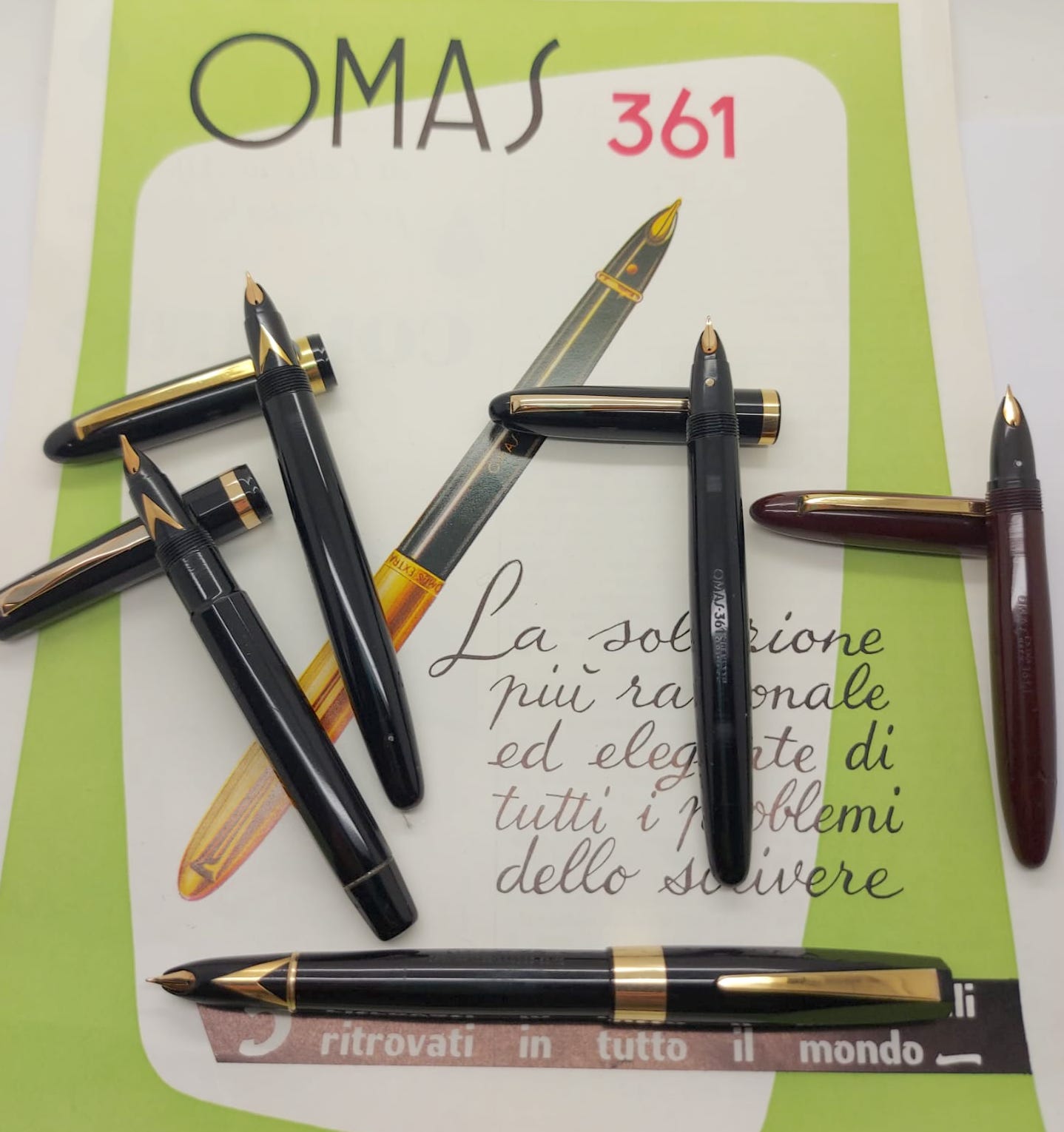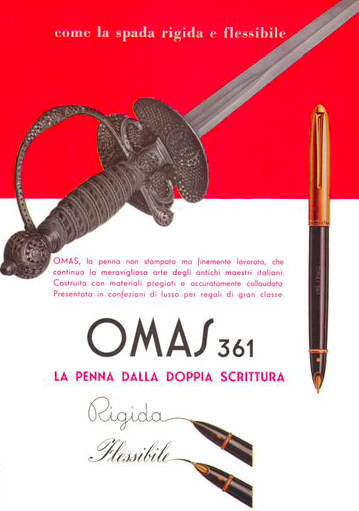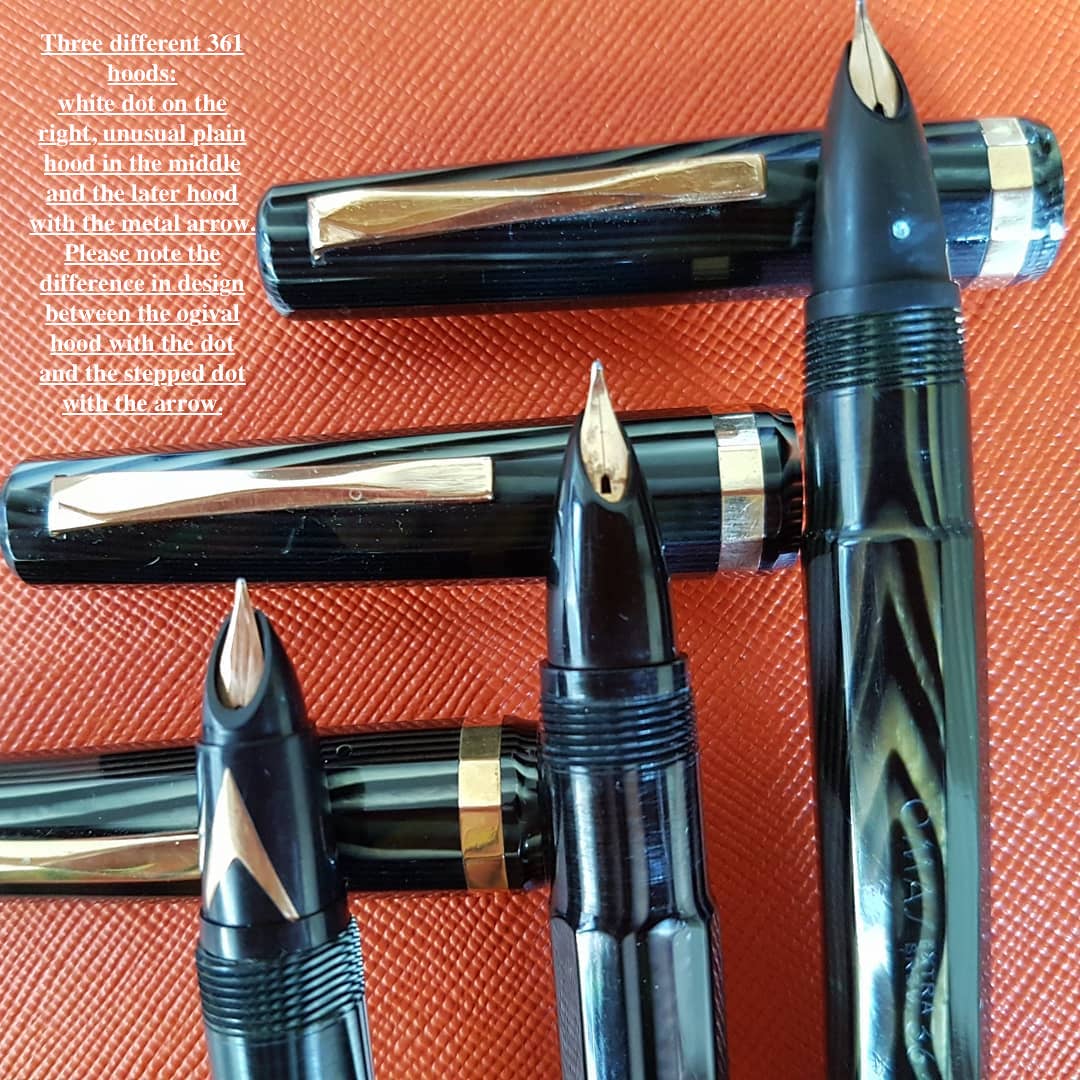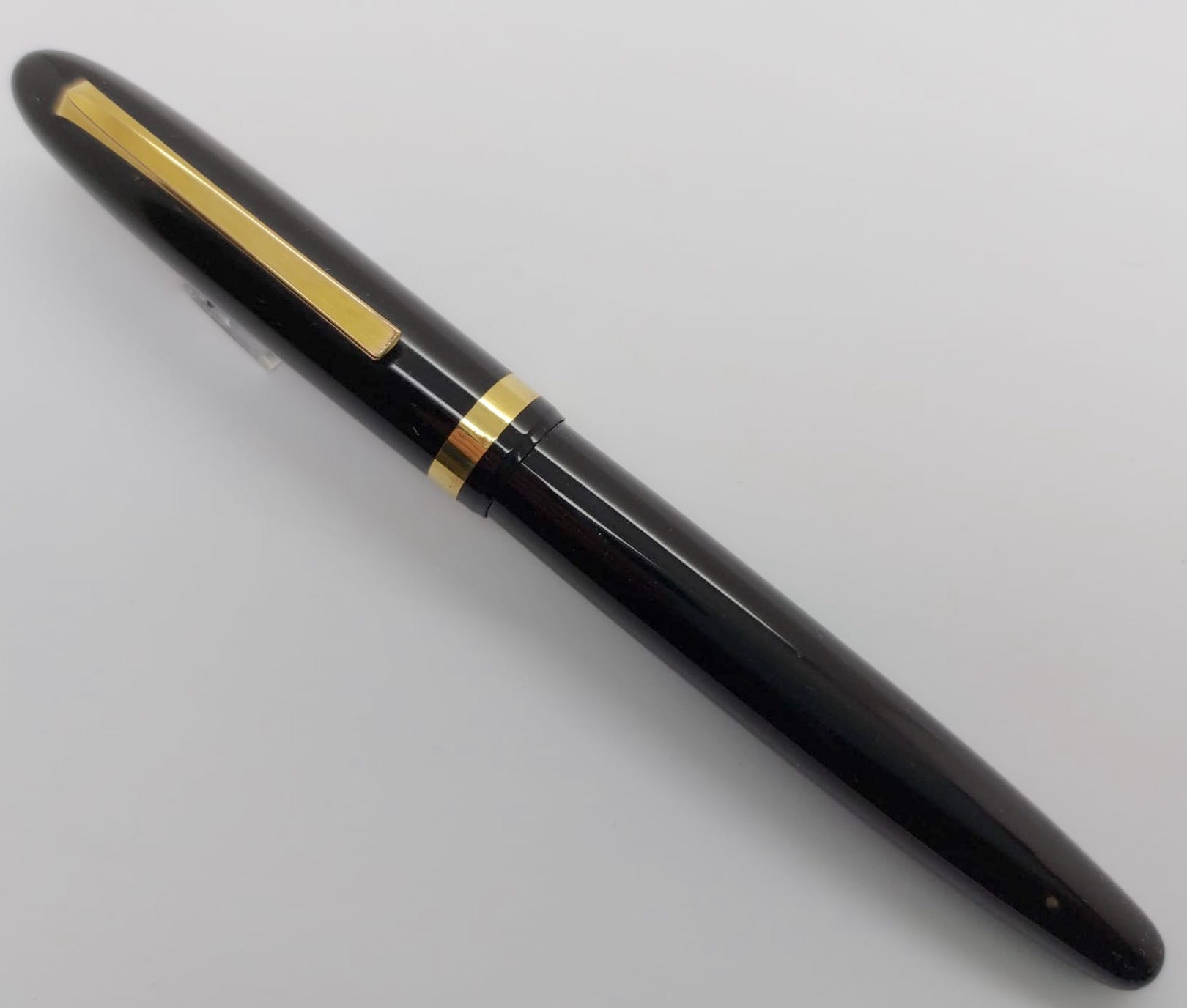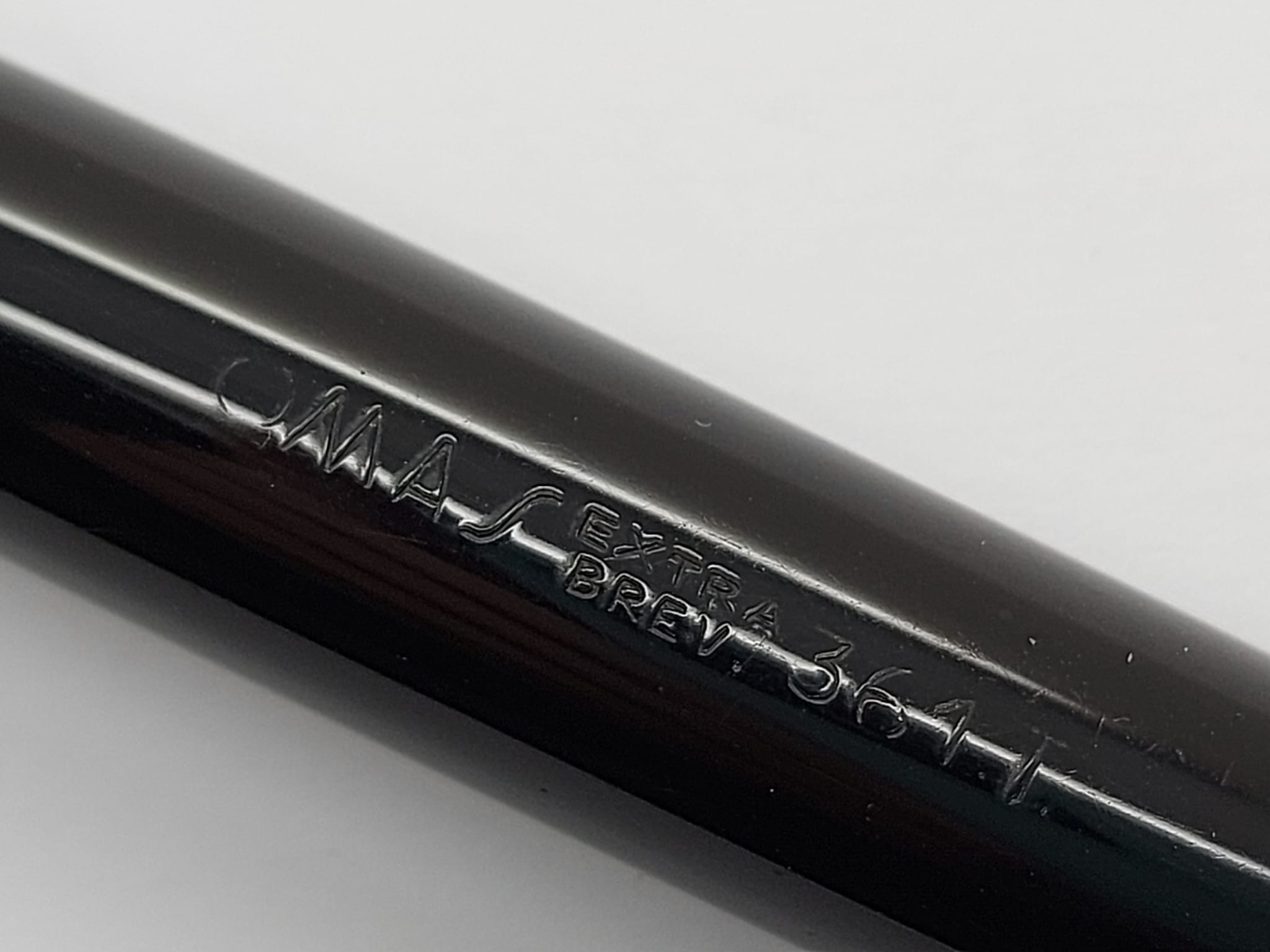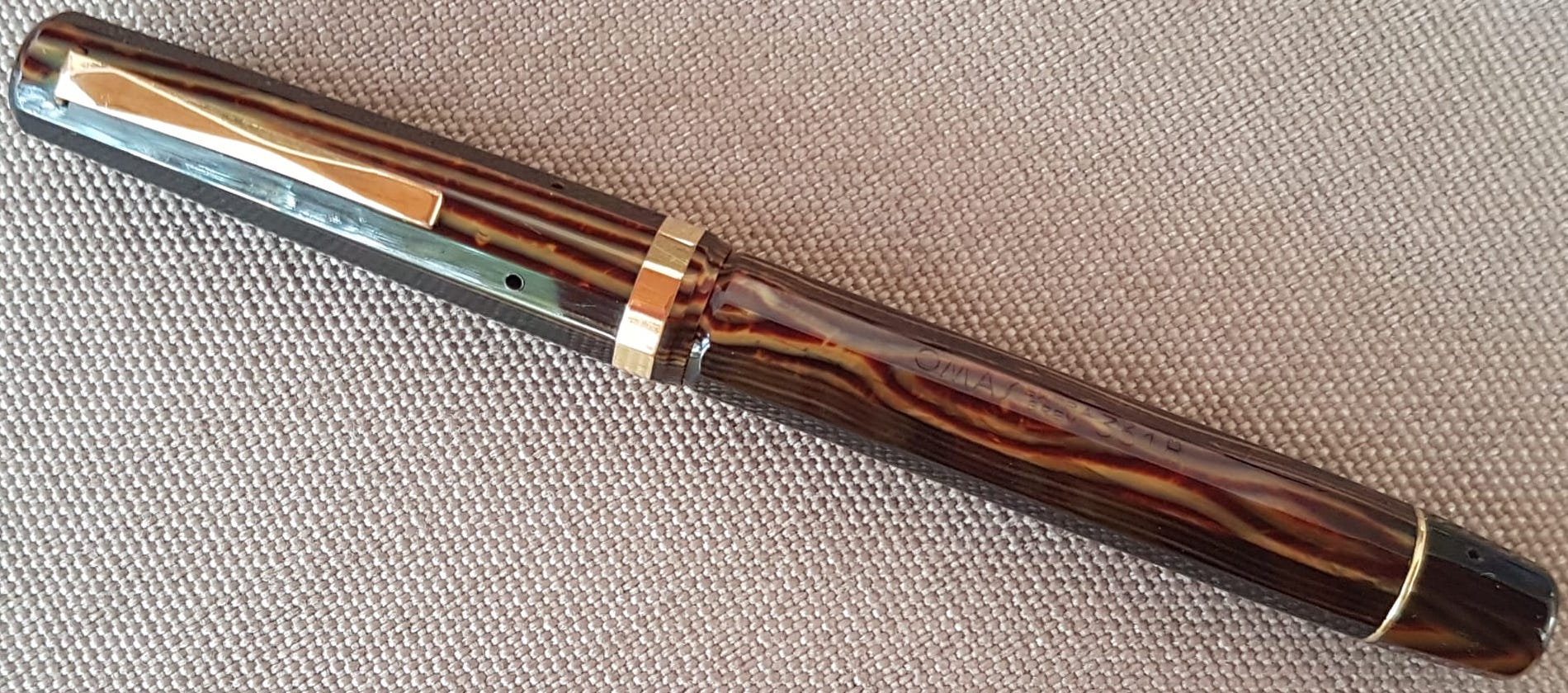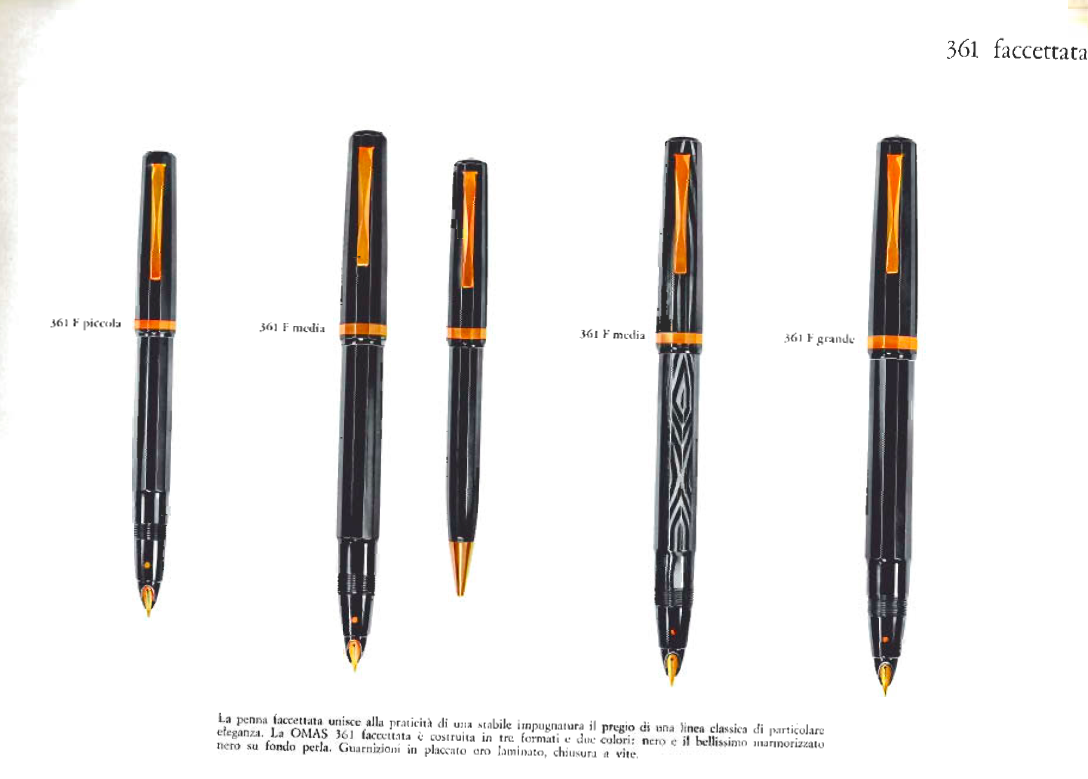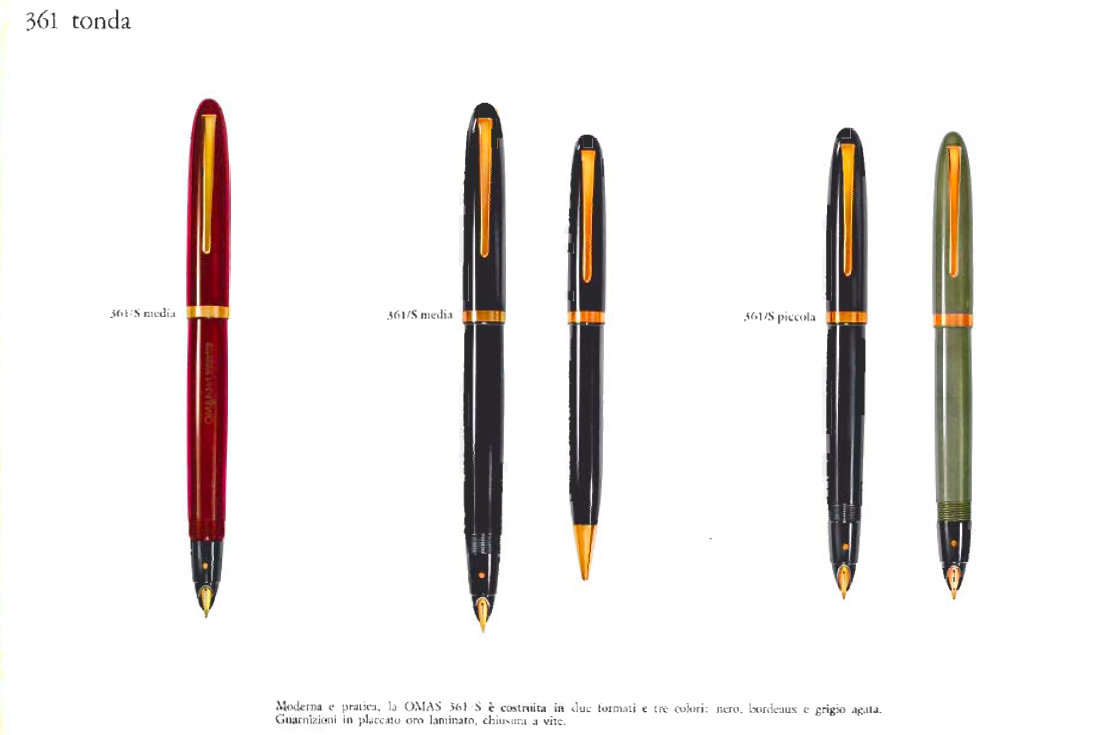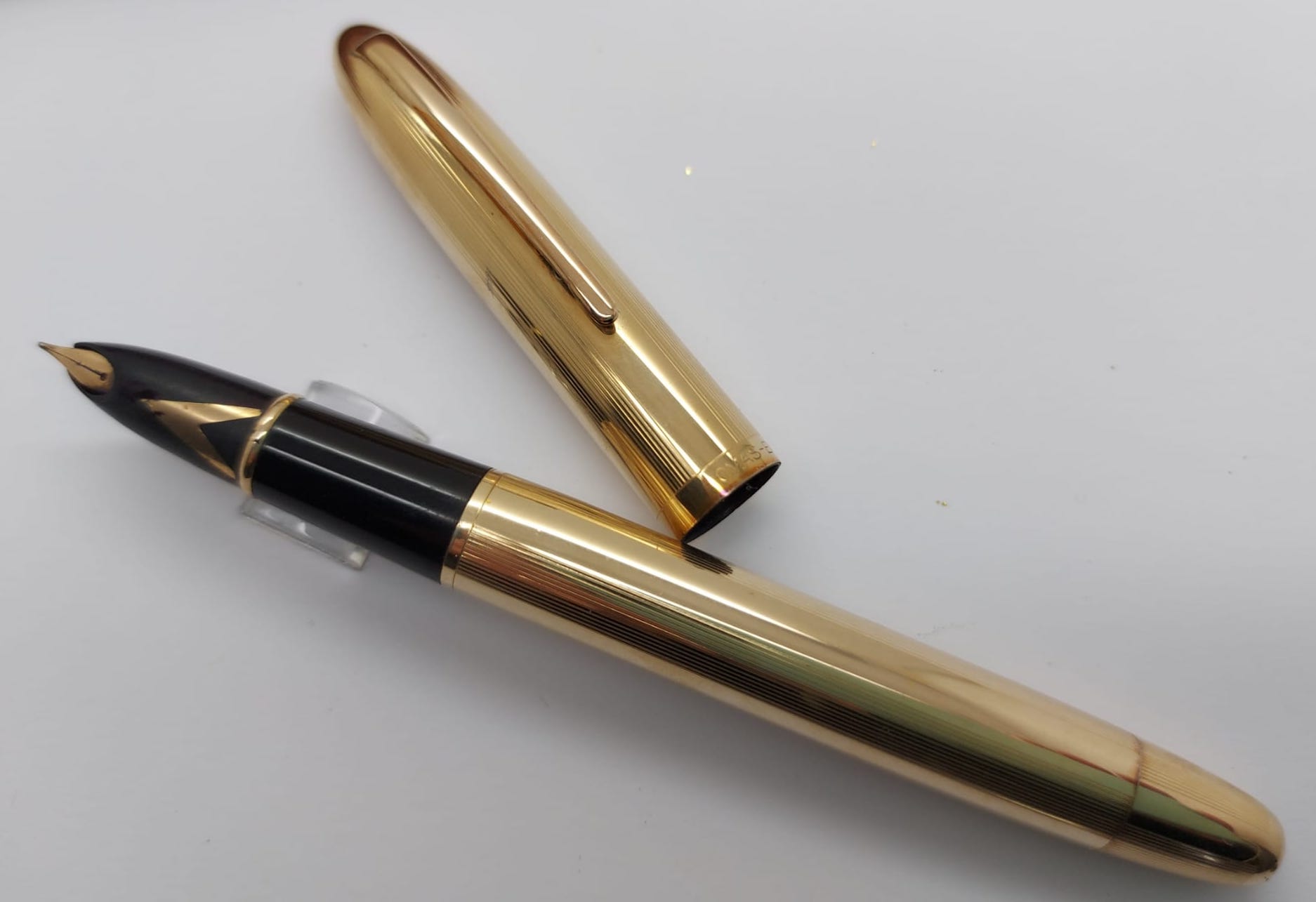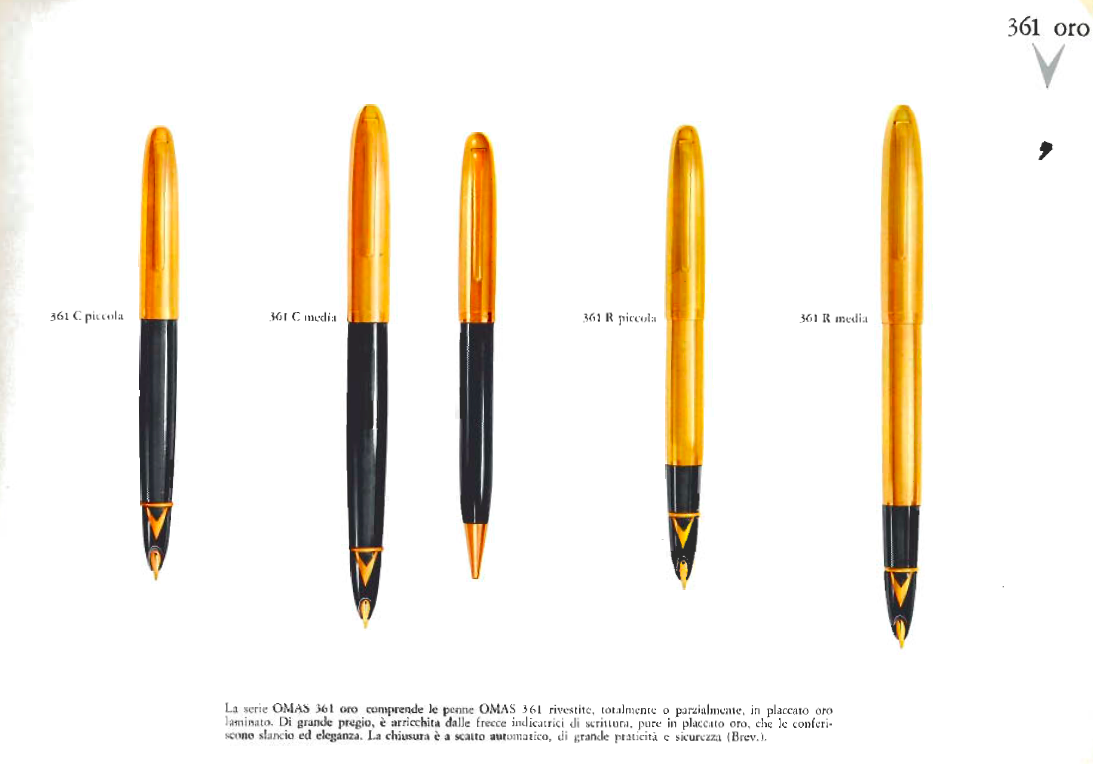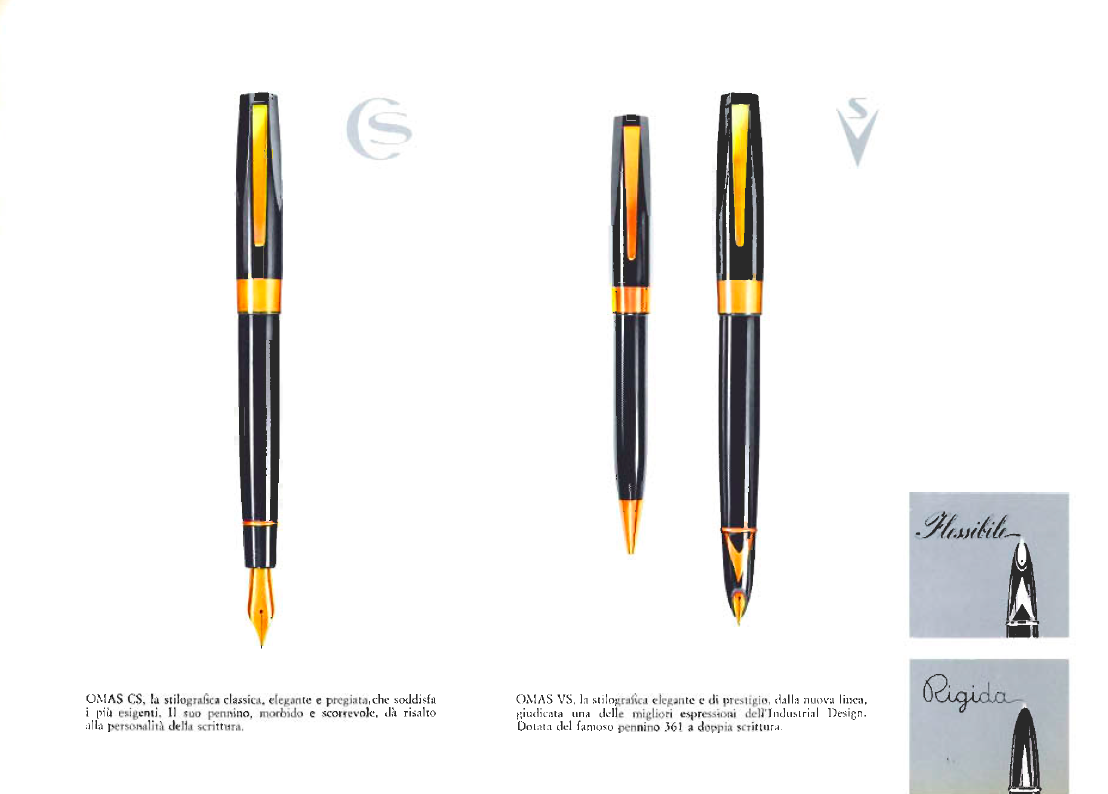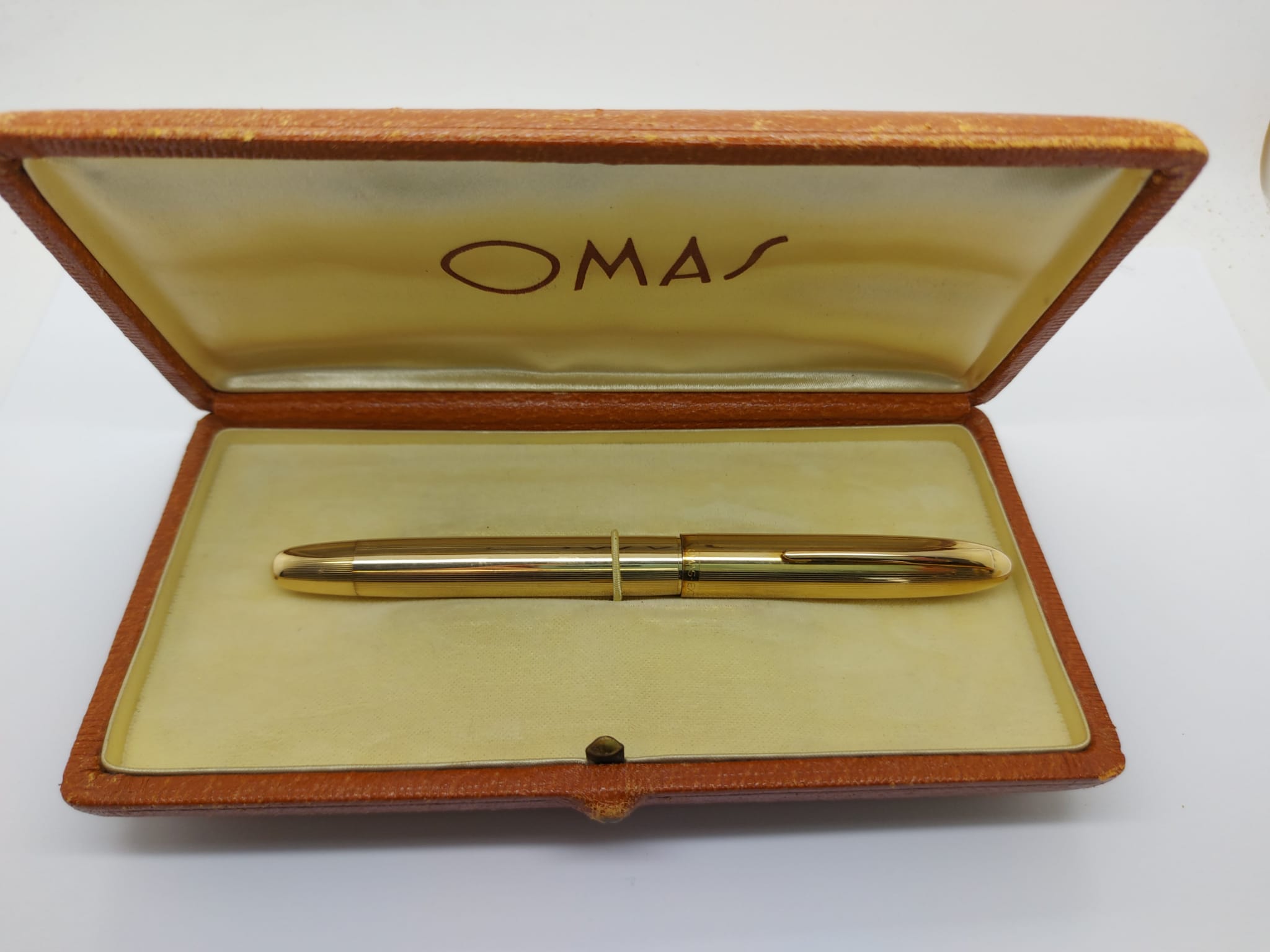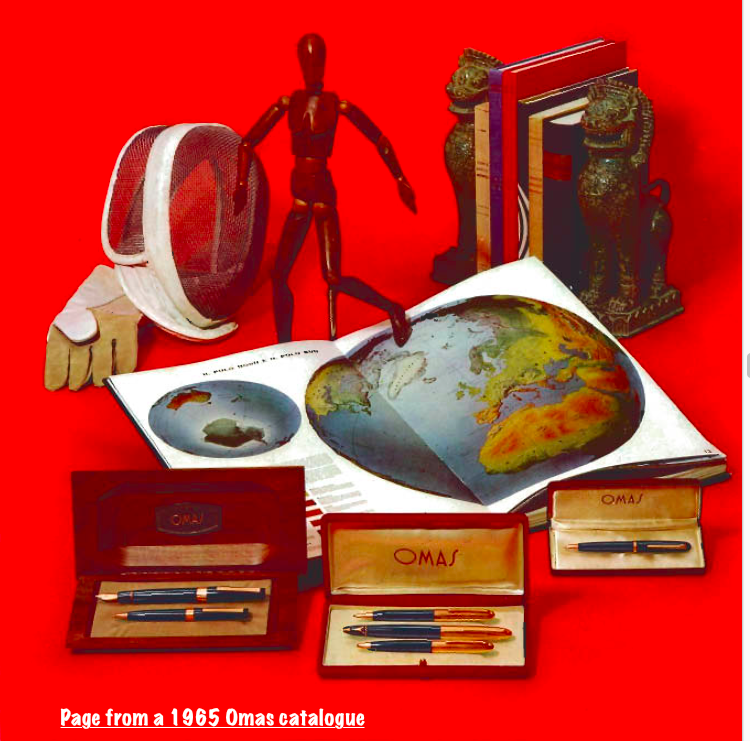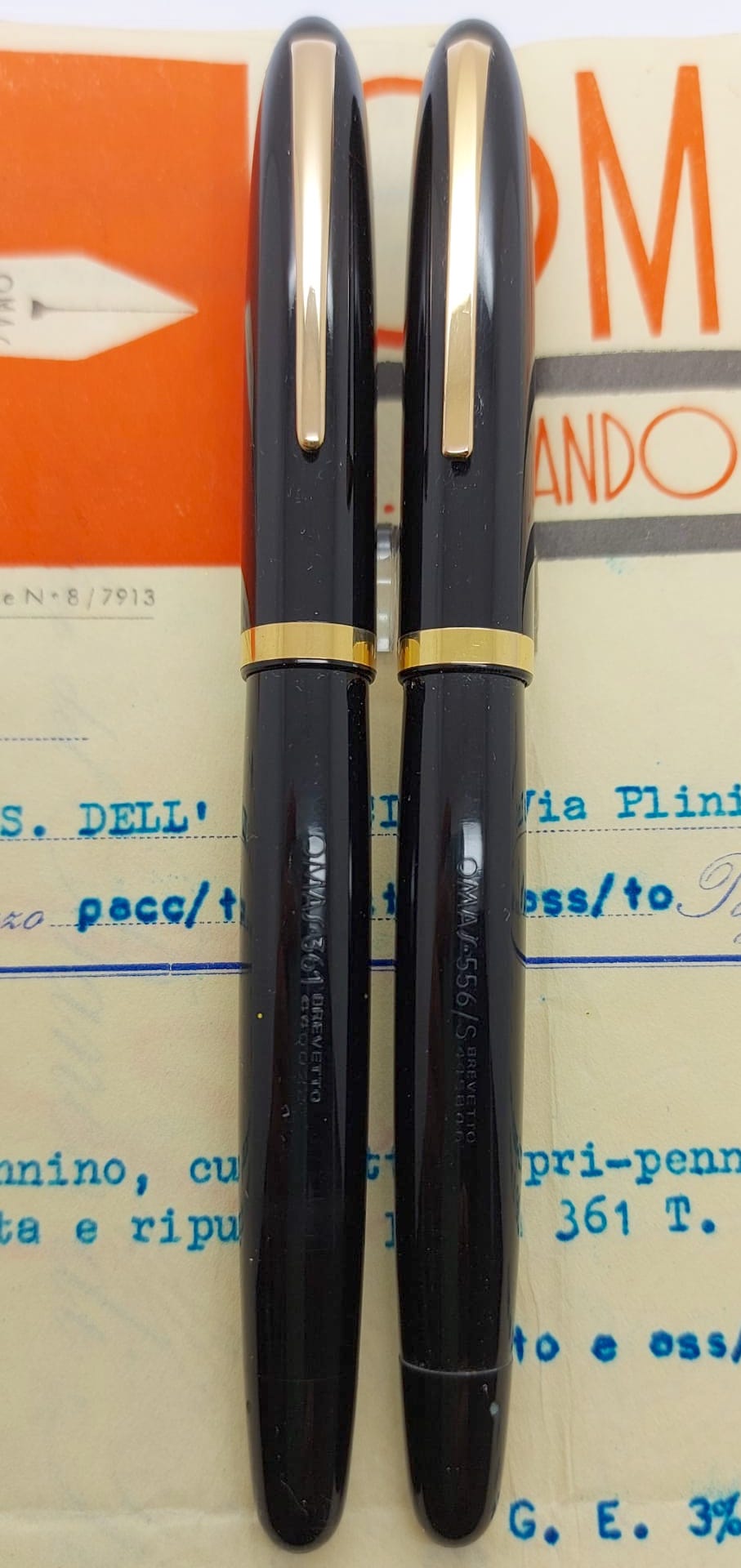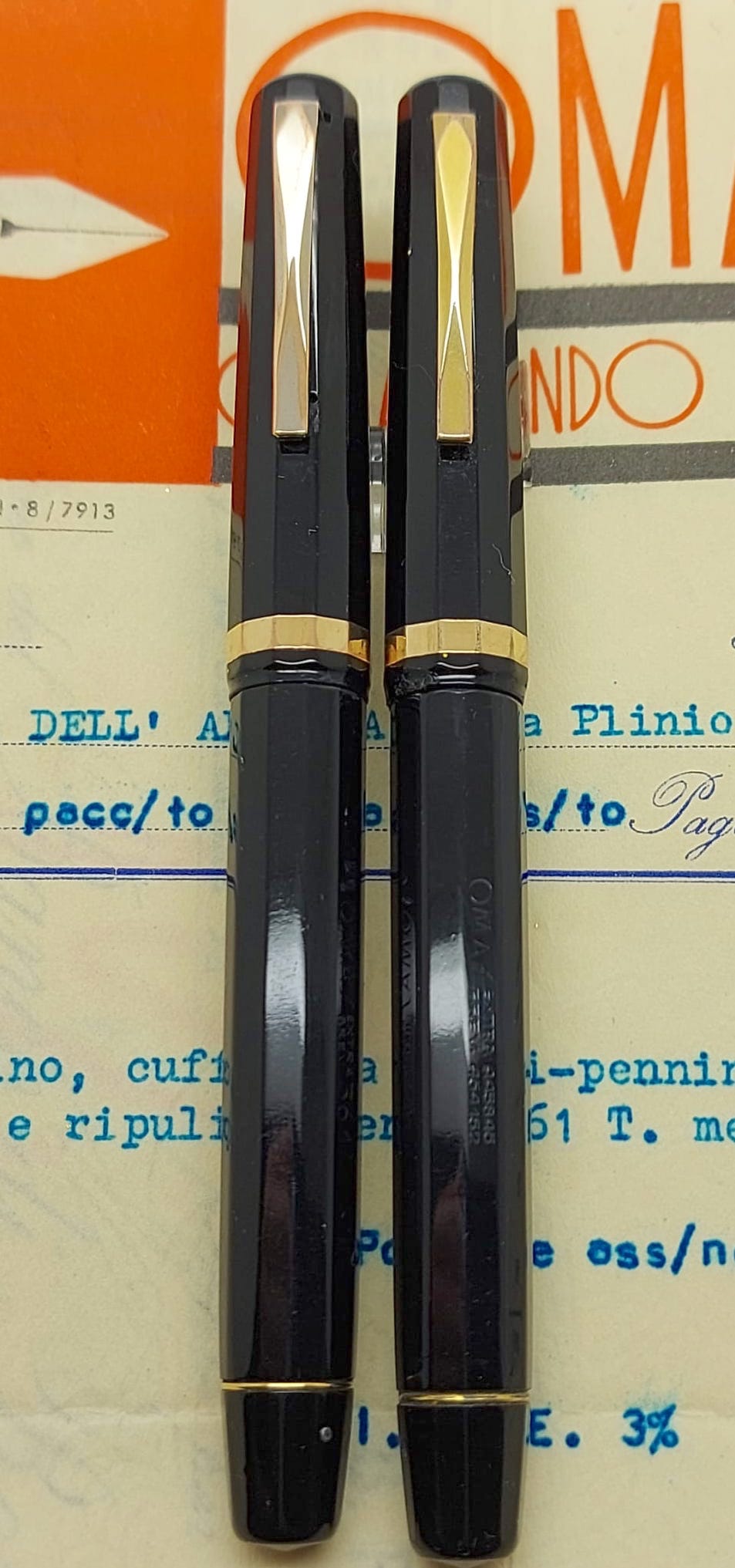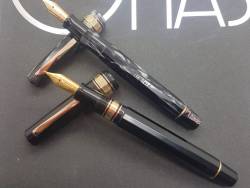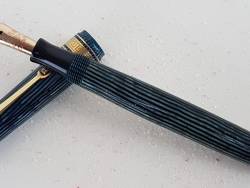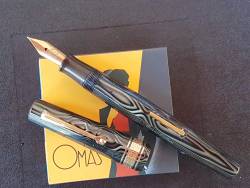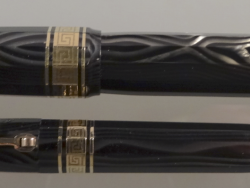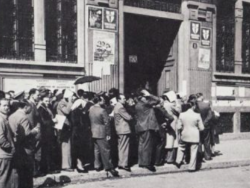OMAS 361: POST-WAR INNOVATION
1948 was a year of deep transformation in Italy: on Jan. 1st the Italian Constitution became effective and in April the first elections since the fall of the Fascist regime took place.
92% of the people with a right to vote expressed their preference choosing the party which would lead the young Italian Republic into the future. In the picture is shown one of the many queues of people waiting to vote.
Furthermore, in April 1948 US president H. Truman signed the Marshall Plan which guaranteed a fund of 5 billion dollars to support the economies of the countries which had to undertake post-war reconstruction, including Italy.
The commitment towards reconstruction and the creation of a new economic structure, represented the basis of an unprecedented research for innovation, entrepreneurship and new production ideas.
The model 361 was patented by Omas in 1948, too; it can therefore be viewed as a symbol of this new energy and creativity in the field of writing instruments.
The 361 is an innovative and revolutionary pen as it offers the possibility of having two different writing modes: flexible for everyday writing and rigid for the use with carbon copy paper. The 361 is not a complicated and cumbersome double-nibbed pen (like Zerollo or Itala models), it is a very simple, well-designed, elegant pen fitted with a special nib which can write on both sides.
The new model was advertised making a comparison between this pen and a sword, as it can be both rigid and flexible.
In addition, the line on the rigid side is thinner so that you can also have two different grades for each side of the nib.
Although the design of the 361 model with its peculiar hooded nib follows the way paved by the famous Parker 51, this Omas pen has a personality of its own and the facetted version in particularly fits into the frame of Omas’ tradition and style.
The 361 was offered both as cylindrical and facetted versions and these two designs represented the reference basis for the development of Omas’ postwar lines of writing instruments.
In 1946, Omas had in fact introduced its first piston fillers, named Extra 55X (three sizes were manufactured: 555, 556 and 557) without completely restyling the models which retained the traditional roller clip and had a very classical design
The innovative 361 called instead for a complete restyling. New clips were introduced and the design of pens was totally renewed.
Cylindrical models were fitted with a straight, essential-looking clip and their design became ogival; they were named 361T ( where “T” stays for “Tondo”= round). These same features were used to develop the new Extra 55X line.
Seen from the outside, 361Ts and 556s look in fact very similar but for a slight almost unnoticeable difference in diameter.
The same is true for the facetted line, fitted with a diamond-shaped clip and named 361F ( where “F” stays for “faccettato”= facetted). In this case too, the external appearance of facetted 361Fs is practically the same as 556/F models.
The first 361 models had a white spot on the hood, which was meant to indicate the middle point corresponding to the tip of the nib.
The colors and options on offer were as follows:
Facetted models: black, arco gray and arco brown in 4 sizes (lady size in two versions, standard size and oversize, marked 361B).
Cylindrical models: black, doué with rolled gold cap and black barrel ( 361C) , complete overlay ( 361R). Later on gray and burgundy were added to the range of colors.
In 1955 the white dots on the hood were replaced by two gold dots, as the white tended to wear off or be stained by ink. In 1954 Omas had adopted a slip on cap for the 361 models with rolled gold cap. The threads were replaced by a metal ring which allowed the new friction cap to perfectly close the pen.
The hood was once more reviewed in 1957 when the two gold dots were replaced by a more modern-looking arrow, which is wide on the flexible side and narrow on the rigid side.
In 1963 Omas introduced a new version of the 361 which was named VS. This new model was a piston filler with a totally new design. The cap had a wide rolled gold band and the hood was decorated with a different type of arrow. In the same way as the first 361s models were flanked by similar models with standard nibs, the VS was introduced along with a new model, called CS, which had the same style and design.
The continuous process of improvement and revision on the 361 did not necessarily lead to the elimination of older models from catalogues. As shown by this Omas 1963 catalogue, all the various versions of the model were available at the same time and the new CS and VS models were simply added to the existing range of Omas writing instruments.
In the 1960's the 361 was therefore offered in a number of variations:
361T: cylindrical in three sizes in black, gray and burgundy
361C: cylindrical in three sizes with rolled god cap and black barrel
361R: cylindrical in three sizes with complete rolled gold overlay
361F: facetted in black, arco gray and arco bronze celluloid, in 4 sizes with the oversize model being marked as 361B.
Bibliography and sources
E. Dolcini: Omas - The History of an Important Italian Firm and its Entire Production (Publisher: OPS)
L. Jacopini The History of the Italian Fountain Pen ( Publisher OPS)
Online forum:
fountainpen.it
Fountain Pen Network
Original Omas catalogues, ads from personal archive.
Jor Lin, Jack Leone.
Suggestions to buyers:
The 361 is an iconic model, doubtlessly one of the most successful and long lasting Omas creations. It can offer a very pleasant quality of writing as 361 nibs can be very flexible an resilient even below the small hood.
The ebonite wood is the most fragile part of the pen and it is not uncommon to find it damaged or cracked, so, pay particular attention when you choose a 361 to buy. Plus, a broken or cracked hood is very difficult, if not impossible, to be replaced due to the lack of spare parts. The repeated reviewing of the design of the hood during the years, makes in addition extremely difficult to find correct replacement hoods.The differences are in fact not only aesthetic and extermal but also internal in the way the hood clutches to the section.
The filling system works very well and it is highly reliable.
In terms of value and collectibility, big models in colorful celluloid are clearly the most desirable pieces but the 361 has a very appealing look even in the small ladysize versions, which are very thick and sturdy looking.
361R models are extremely elegant; they are very rarely found in pristine condition. The model with complete overlay has been one of the most widespread and appreciated gift for students and professionals.The 361 is a fully reliable writer and it is therefore often found with marks of time and use.
These last images show the similarity between the 361T and the 556 as well as between the 556/F and the 361F.

